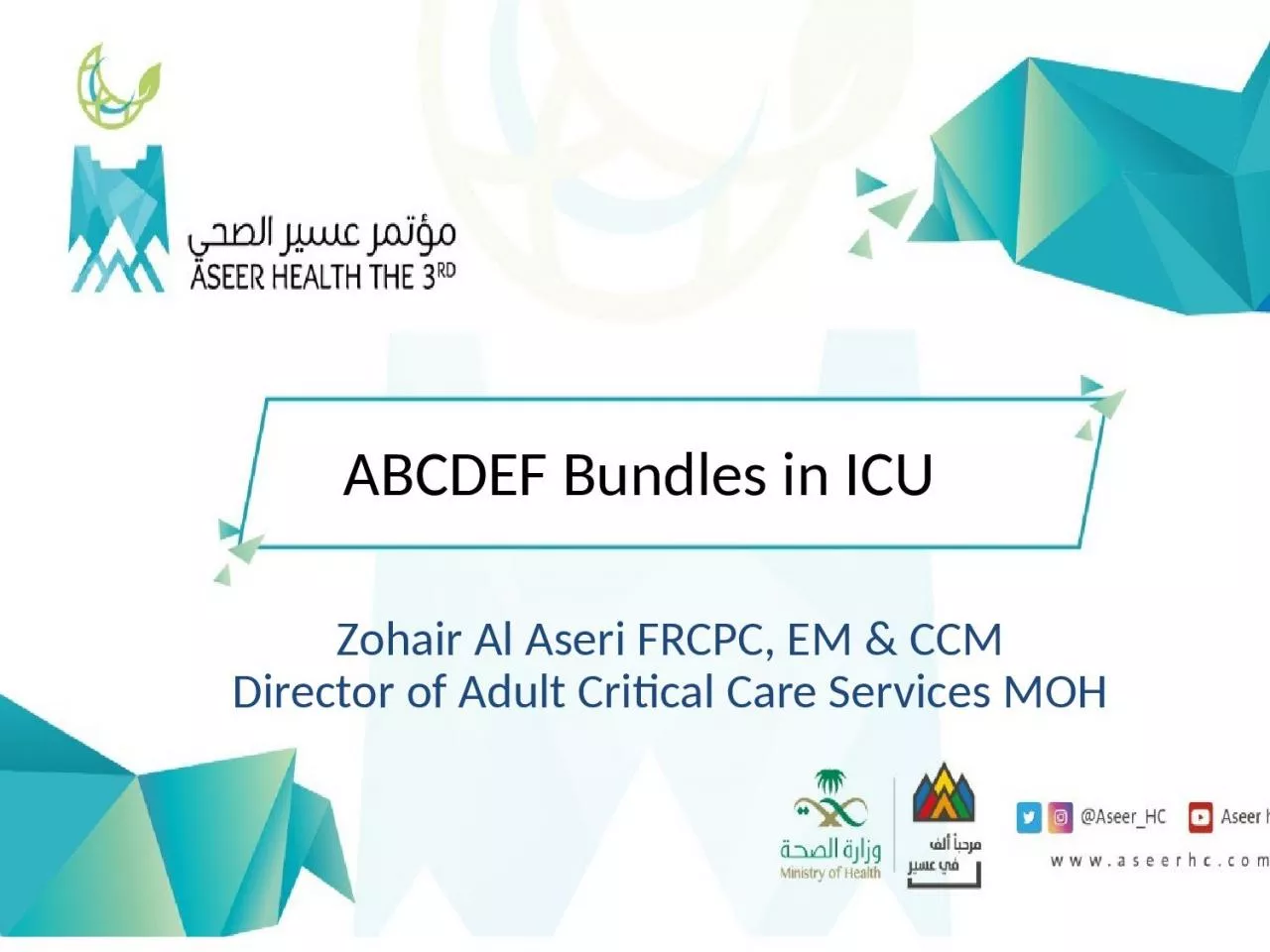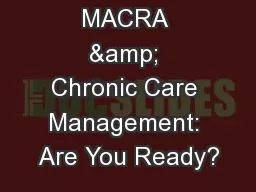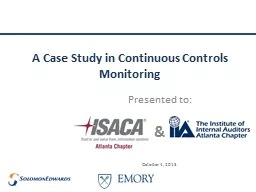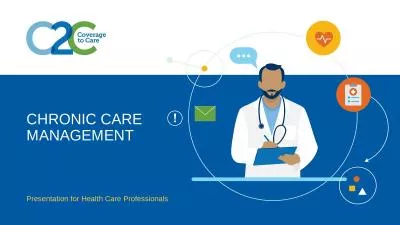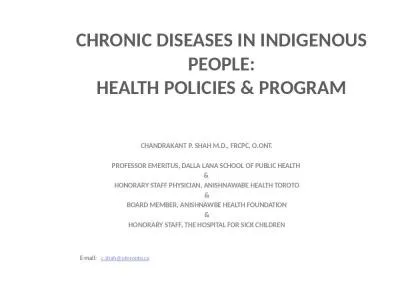PPT-Zohair Al Aseri FRCPC, EM & CCM
Author : quinn | Published Date : 2024-03-13
Director of Adult Critical Care Services MOH ABCDEF Bundles in ICU ABCDEF bundle NASAM Instead of waiting for patients to get better helps ICU patients get better
Presentation Embed Code
Download Presentation
Download Presentation The PPT/PDF document "Zohair Al Aseri FRCPC, EM & CCM" is the property of its rightful owner. Permission is granted to download and print the materials on this website for personal, non-commercial use only, and to display it on your personal computer provided you do not modify the materials and that you retain all copyright notices contained in the materials. By downloading content from our website, you accept the terms of this agreement.
Zohair Al Aseri FRCPC, EM & CCM: Transcript
Download Rules Of Document
"Zohair Al Aseri FRCPC, EM & CCM"The content belongs to its owner. You may download and print it for personal use, without modification, and keep all copyright notices. By downloading, you agree to these terms.
Related Documents

